
Chair of Nanoelectronic Materials , TU Dresden
Combine materials and device research with circuit and system aspects.
Prof. Dr.-Ing. Thomas Mikolajick
NaMLab gGmbH
Chair of Nanoelectronic Materials TU Dresden
Noethnitzer Str. 64
01187 Dresden
Telephone:+49 351 212499020
Telephone:+49 151 52720447
Telephone:+49 351 47583900
and moreover GaN HVPE growth, GaN devices, dielectrics for photovoltaics
Thomas Mikolajick received the Diploma (Dipl.-Ing.) in electrical engineering in 1990 and his Ph.D. in electrical engineering in 1996 both from the University Erlangen-Nuremberg. From 1996 till 2006 he was in the semiconductor industry developing CMOS processes, Ferroelectric Memories, emerging Non-volatile Memories and Flash Memories first at Siemens Semiconductor and later at Infineon. In late 2006 he moved back to academia taking over a professorship for material science of electron devices and sensors at the University of Technology Freiberg, and in October 2009 he started at Technische Universität Dresden were he now holds a professorship for Nanoelectronic Materials in combination with the position of scientific director at NaMLab gGmbH. Since April 2010 he is the coordinator of the “Cool Silicon” Cluster in Dresden. Prof. Mikolajick is author or co-author of more than 300 papers in scientific journals or at scientific conferences and inventor or co-inventor of about 50 patents.
Publications
